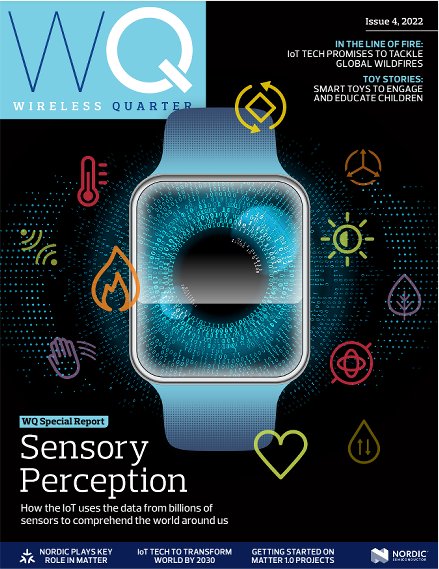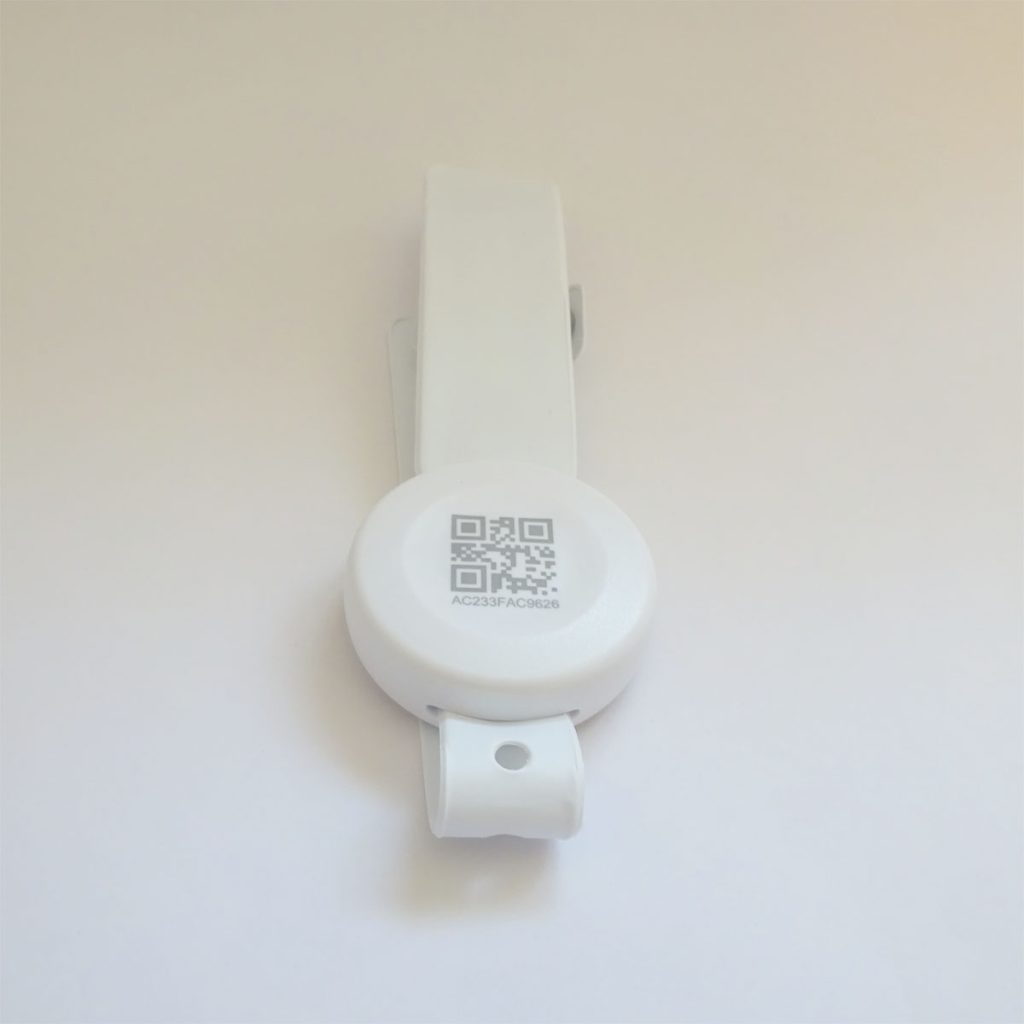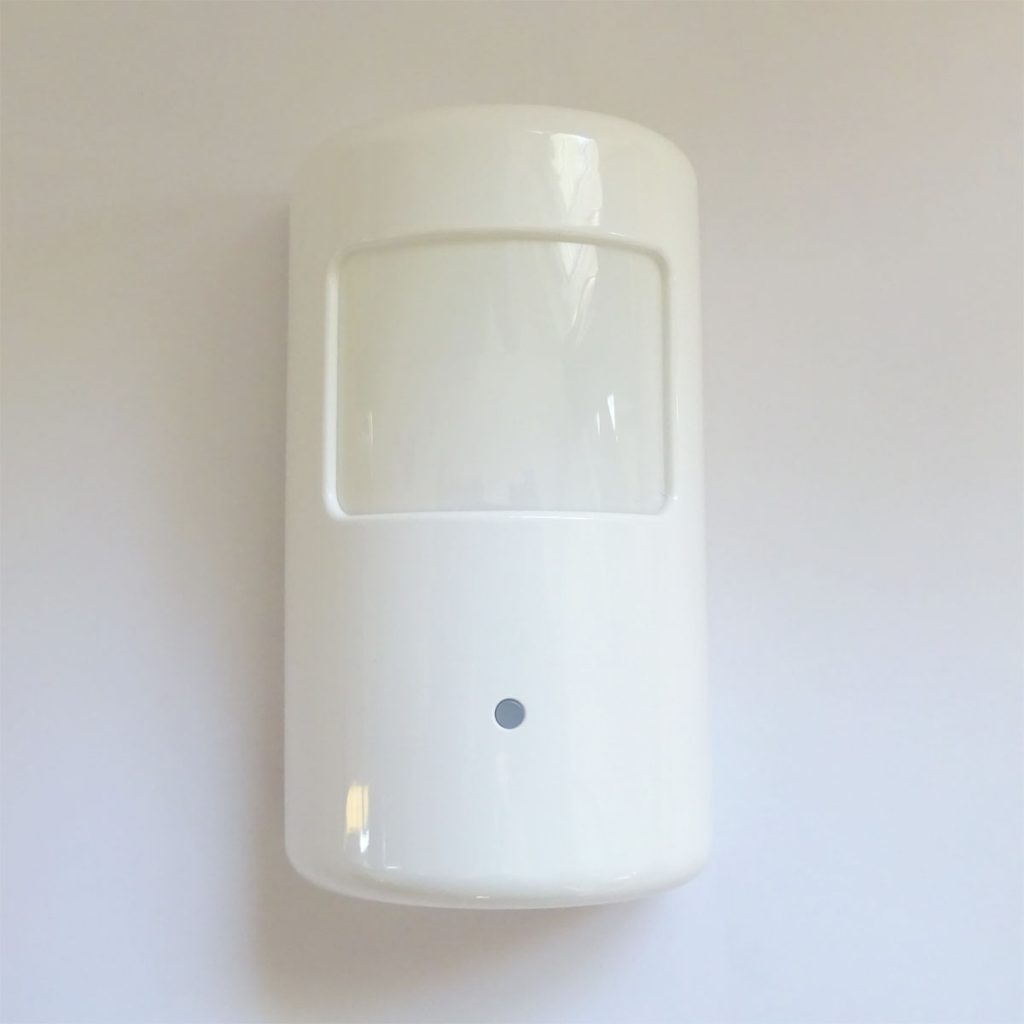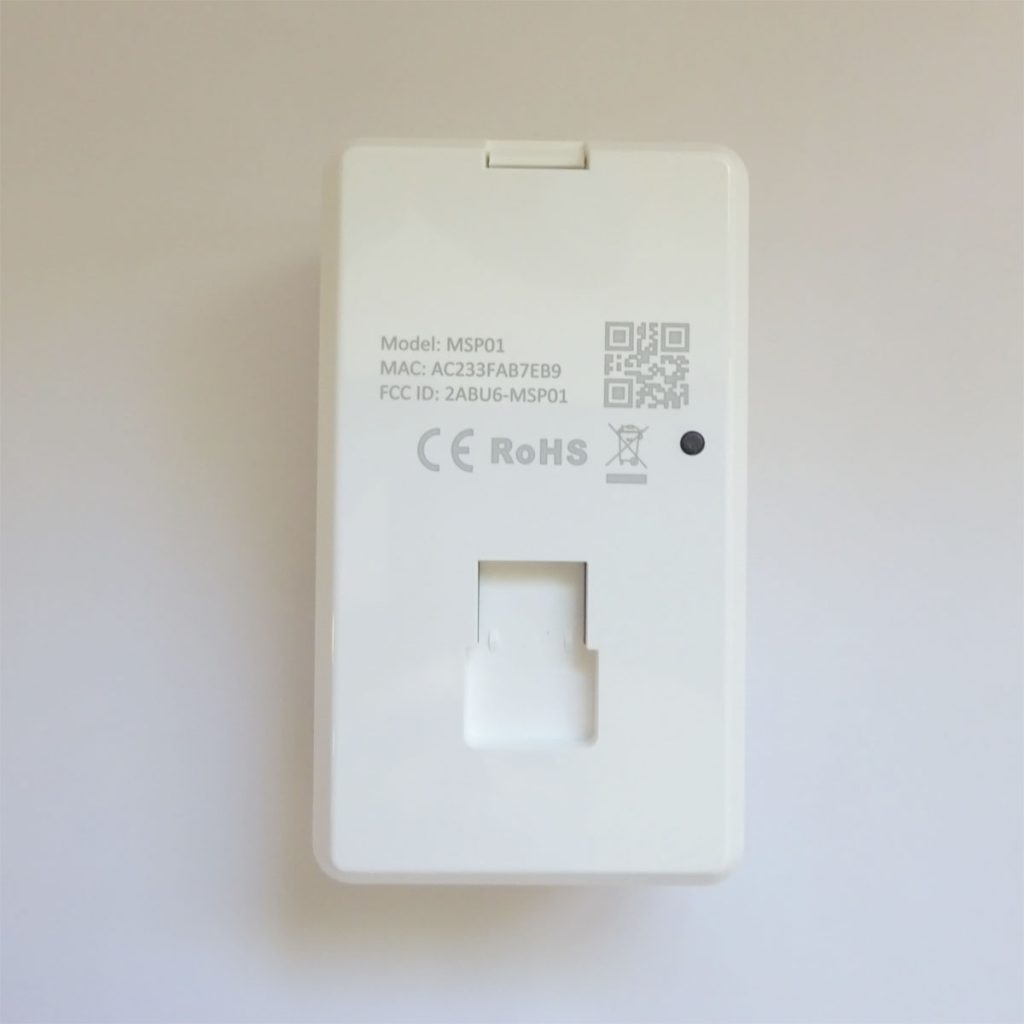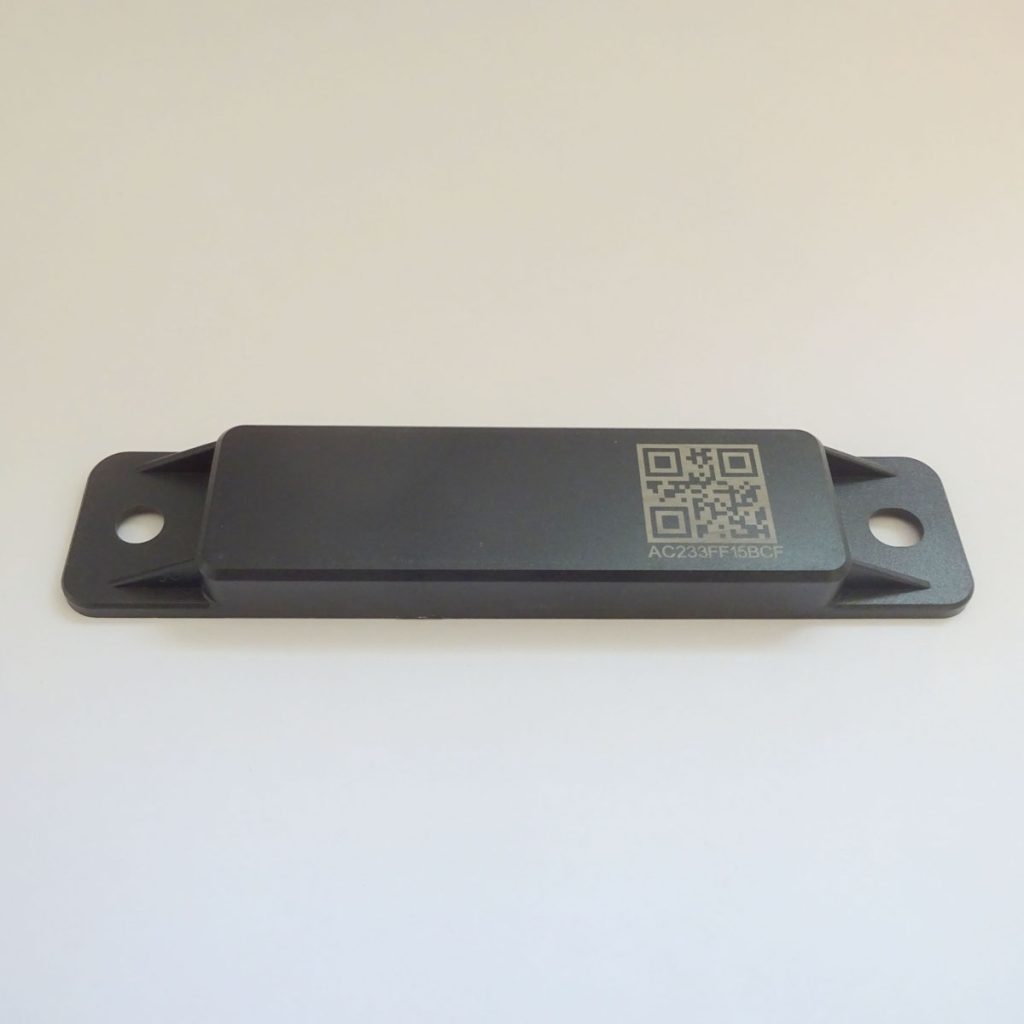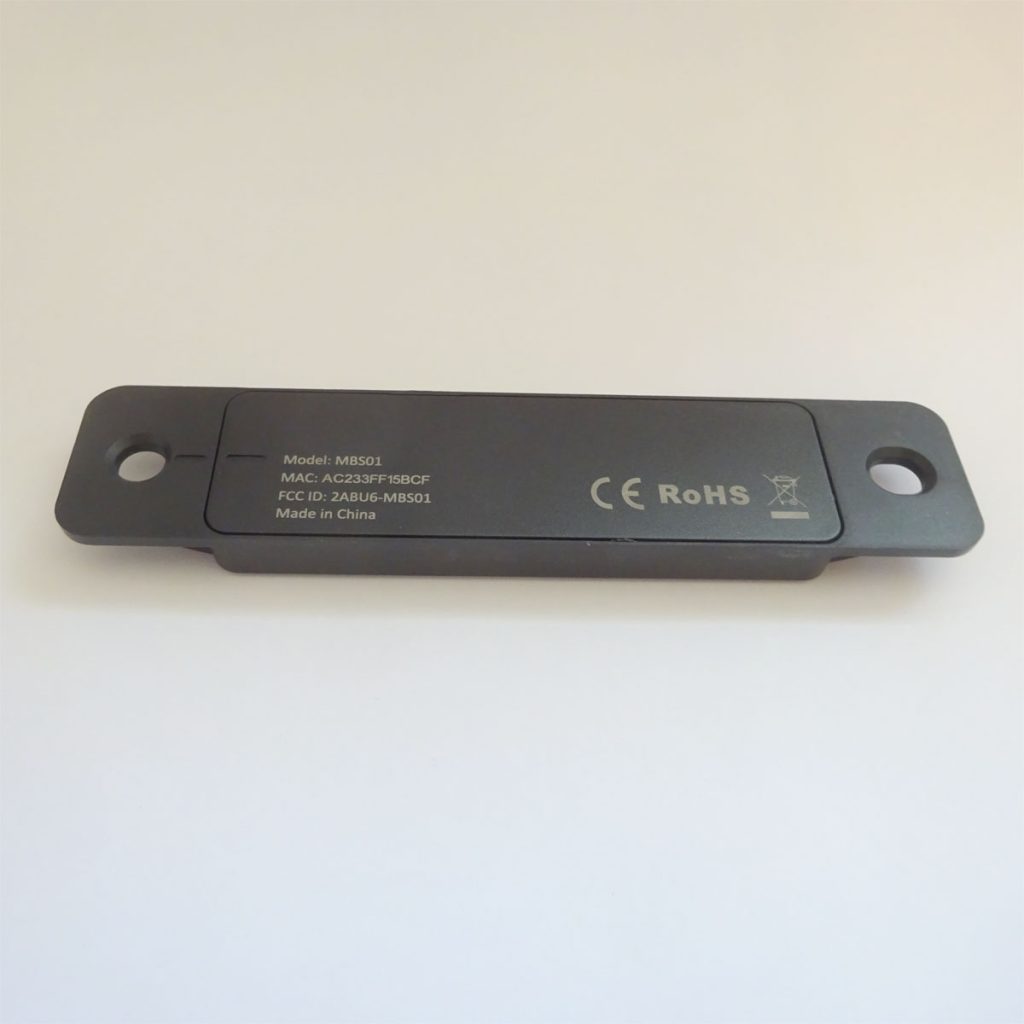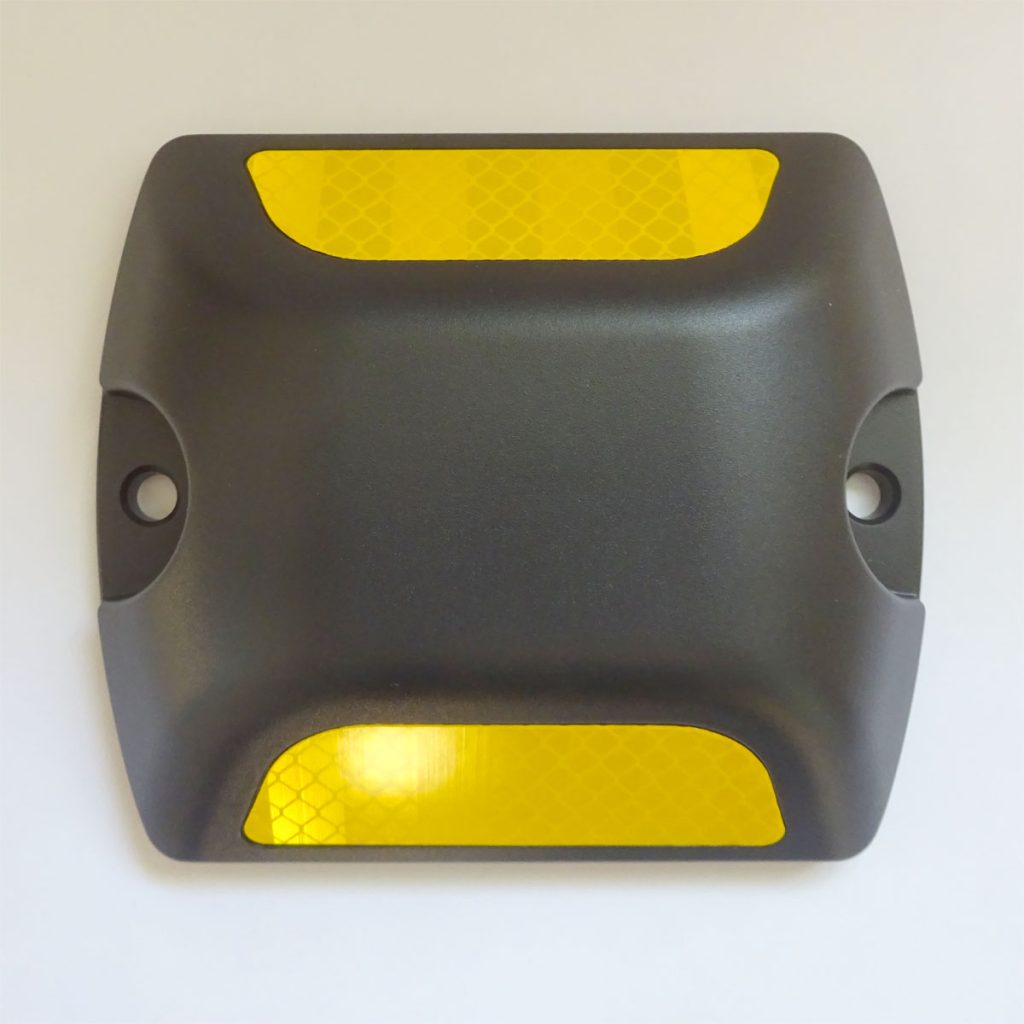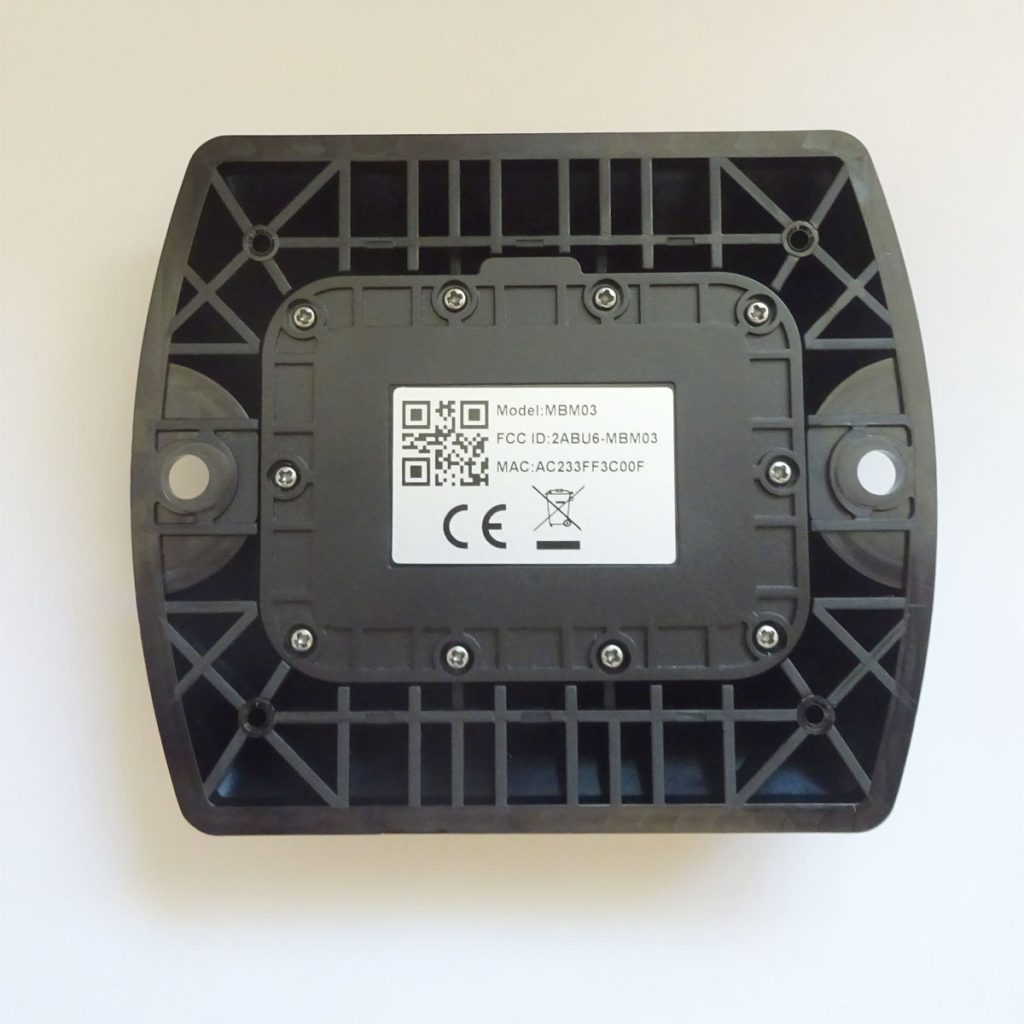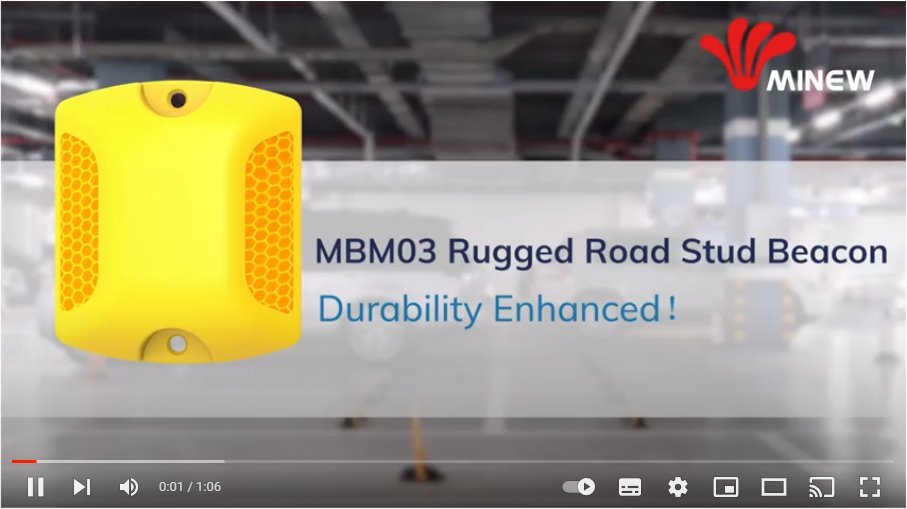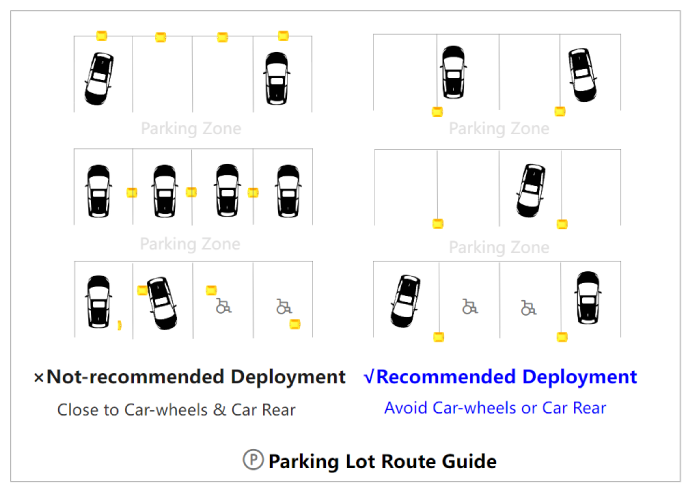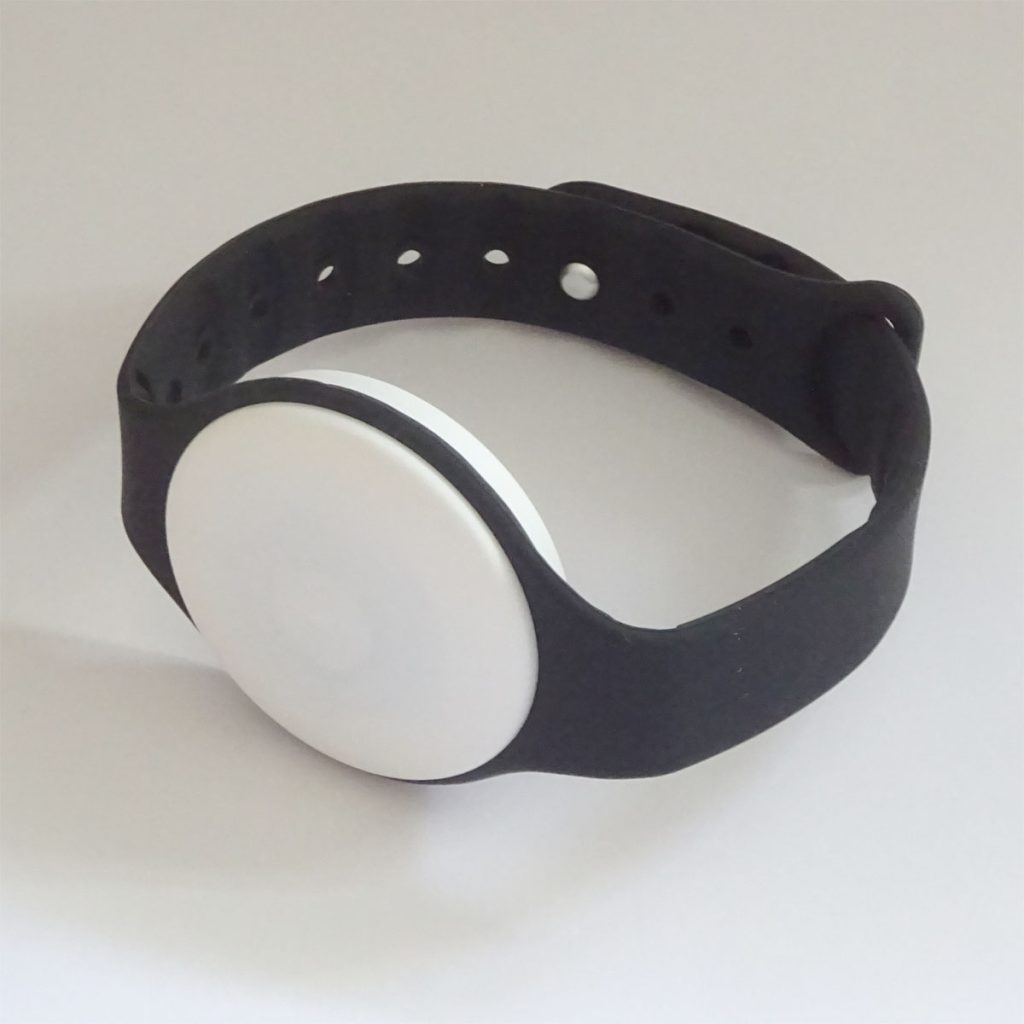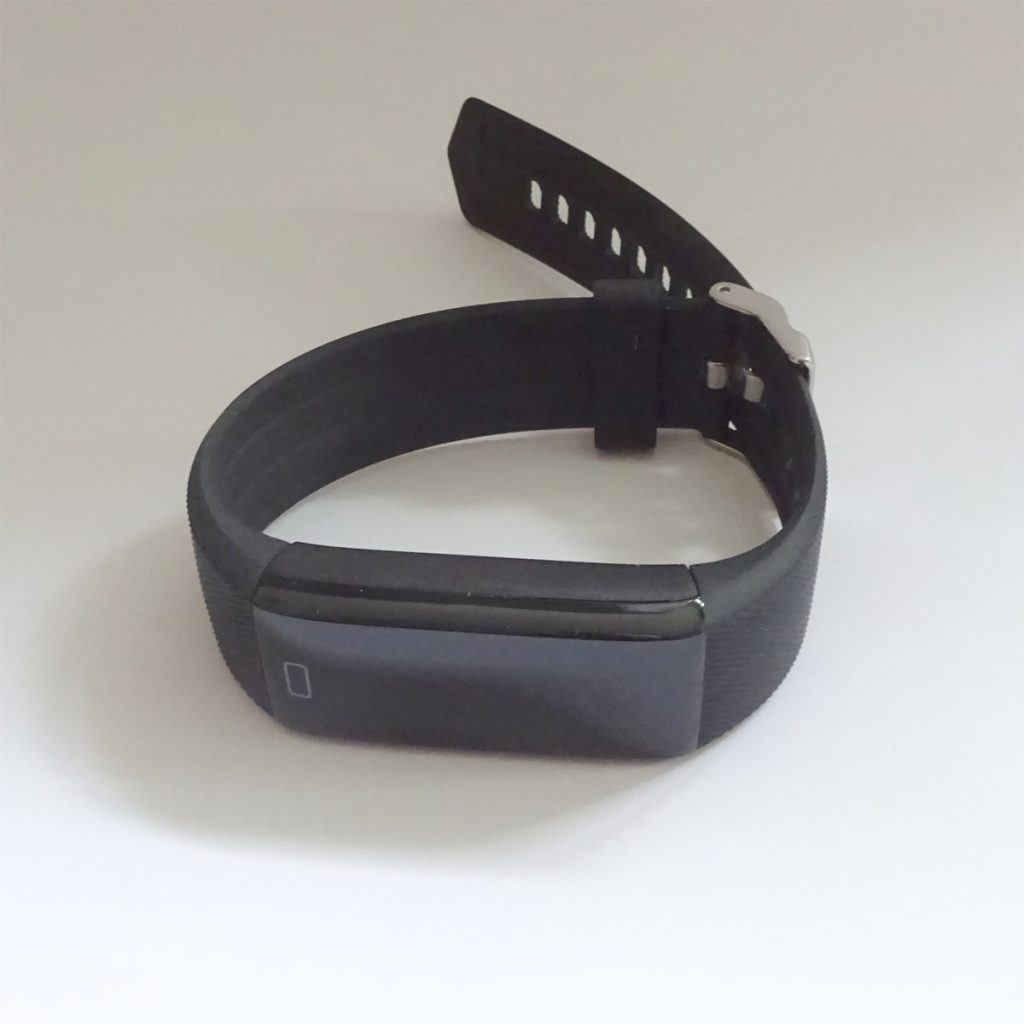Bluetooth beacons are small, low-power devices that use Bluetooth technology to broadcast a signal to nearby devices. These signals can be used by nearby devices to determine the location of the beacon, or to trigger certain actions, such as sending a notification or displaying information on a mobile device.
There are several different types of Bluetooth beacons, which can be classified based on their shape, size, and power source. Some examples of different types of Bluetooth beacons include:
- USB beacons: These are small, USB-powered beacons that can be plugged into a computer or other device to broadcast a Bluetooth signal. They are often used in retail or other public settings, where they can be plugged into a computer or display to broadcast information to nearby devices.
- Coin-cell beacons: These are small, battery-powered beacons that are about the size of a coin. They are often used in portable or wearable applications, such as tracking the location of a child or pet, or triggering a notification in a mobile app.
- Wall-mounted beacons: These are larger, wall-mounted beacons that can be installed in a fixed location, such as a retail store or office building. They typically have a larger battery, longer range and higher power output than other types of beacons, allowing them to broadcast a signal over a larger area.
- Outdoor beacons: These are rugged, weather-resistant beacons that are designed to be used outdoors. They often have a longer range and higher power output than other types of beacons, and are designed to withstand exposure to rain, snow, and other harsh conditions.
Overall, there are several different types of Bluetooth beacons, which can be used in a variety of applications. The type of beacon that is best suited for a particular application will depend on factors such as the range and power requirements, as well as the environment in which it will be used.
